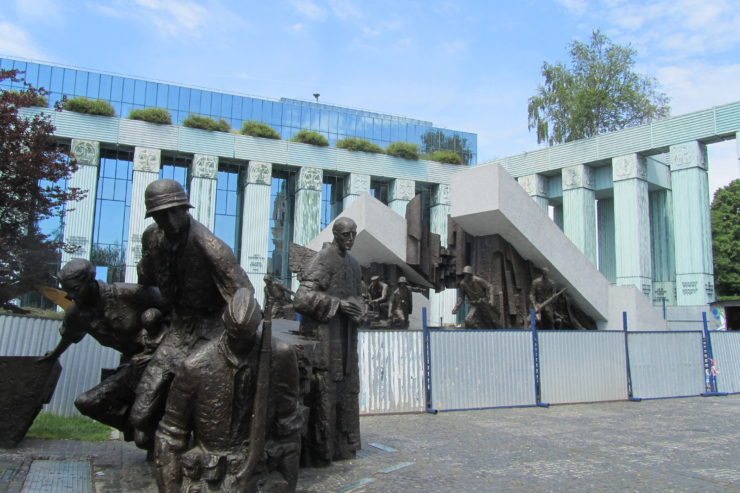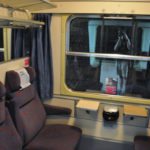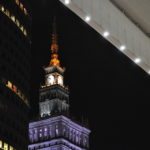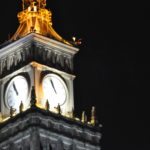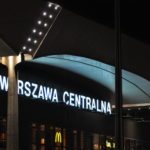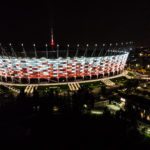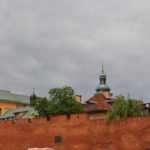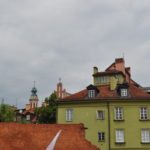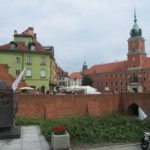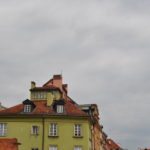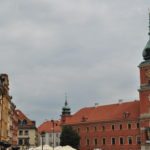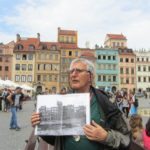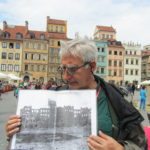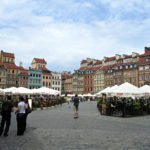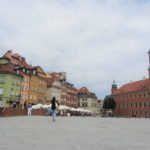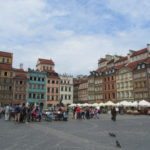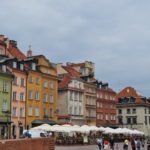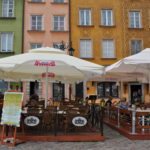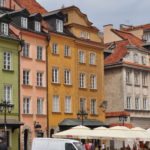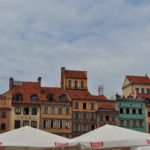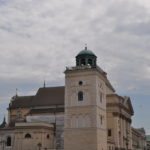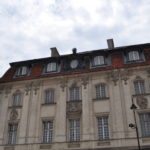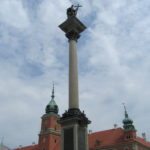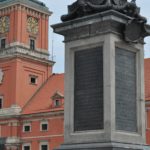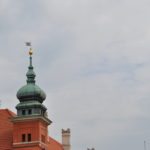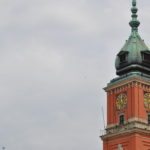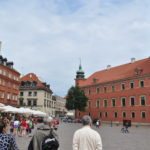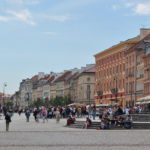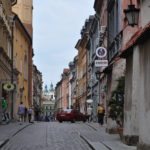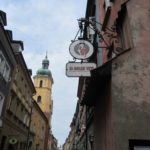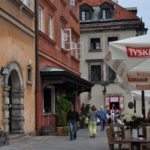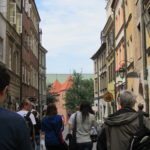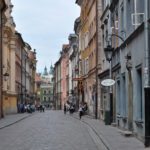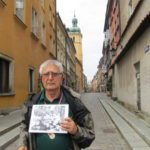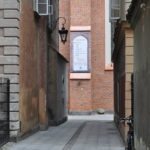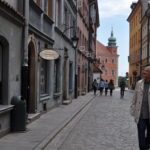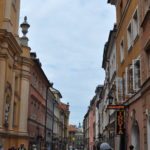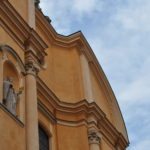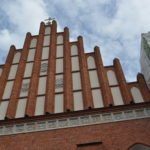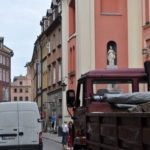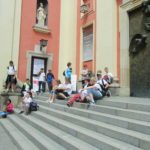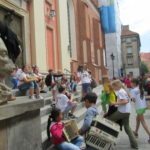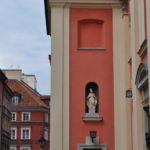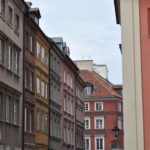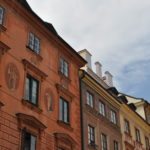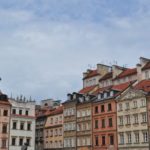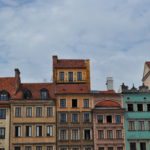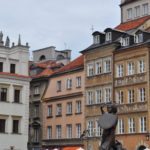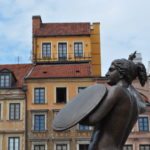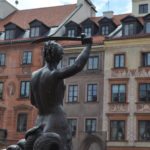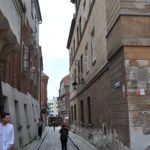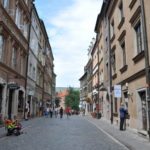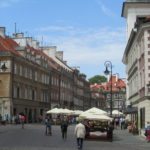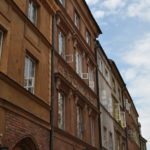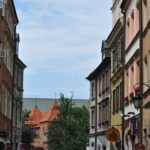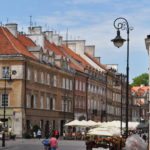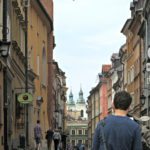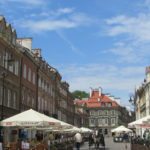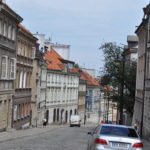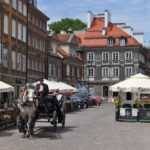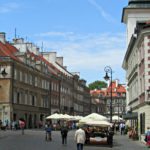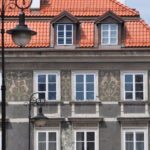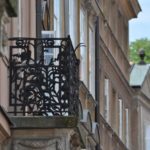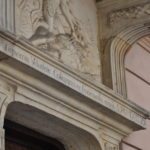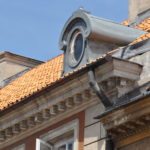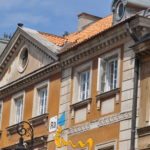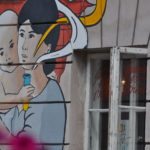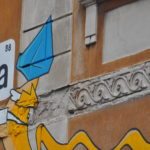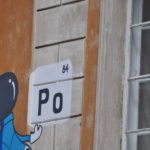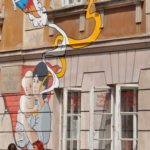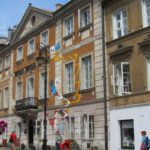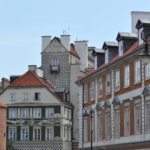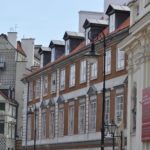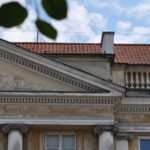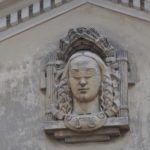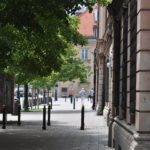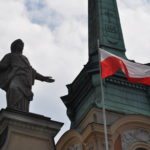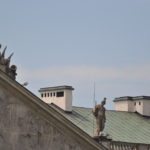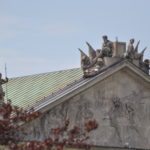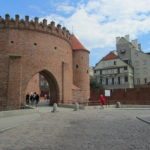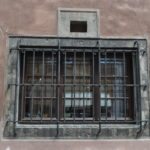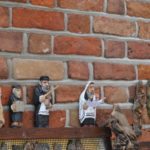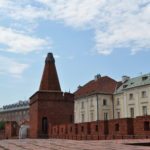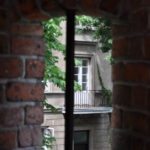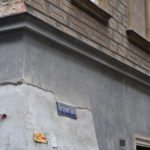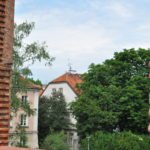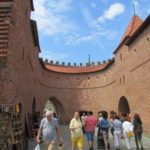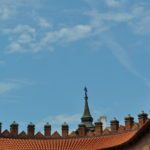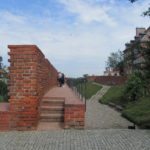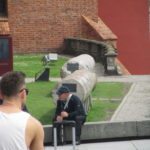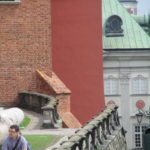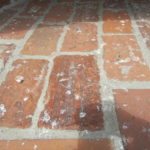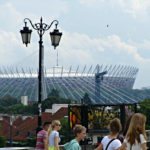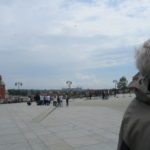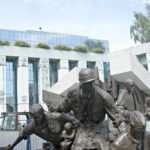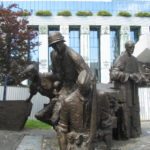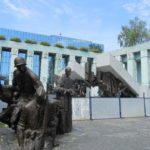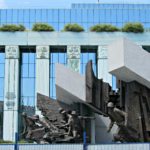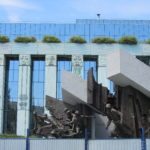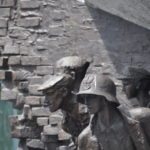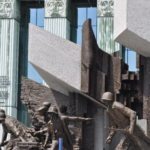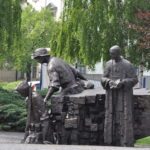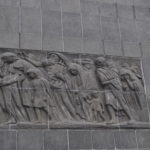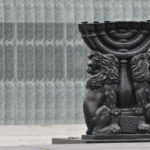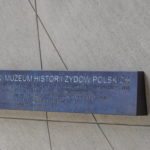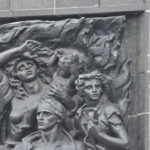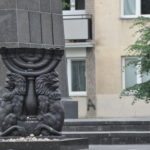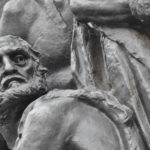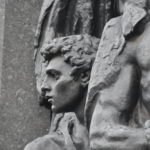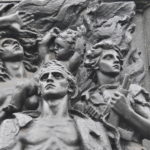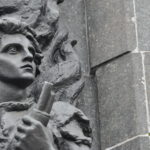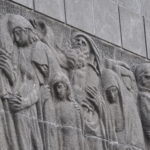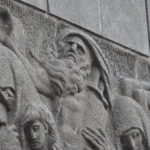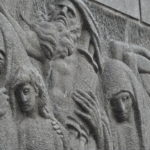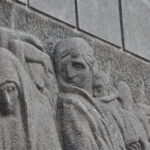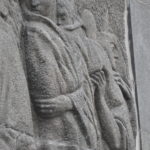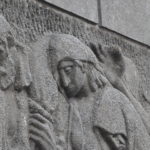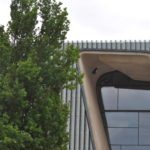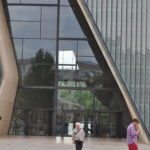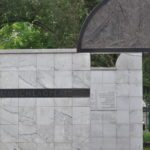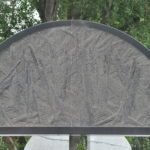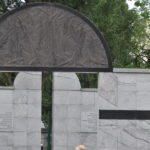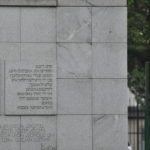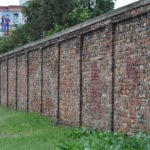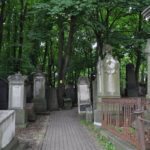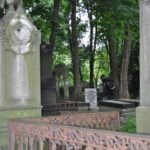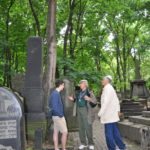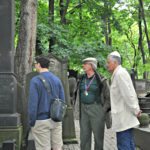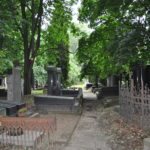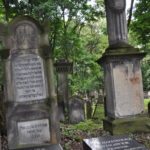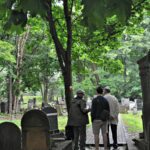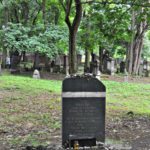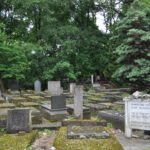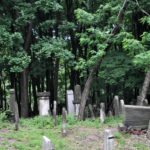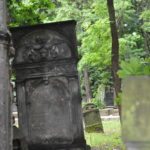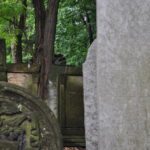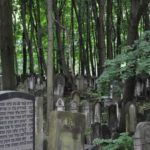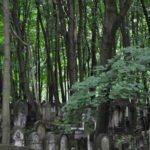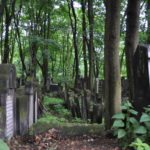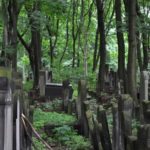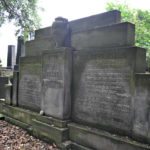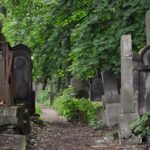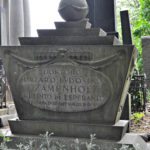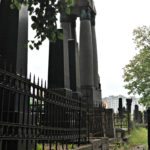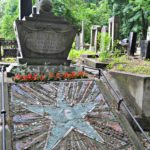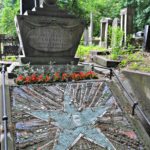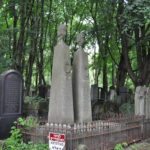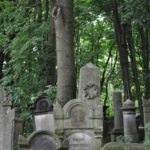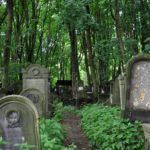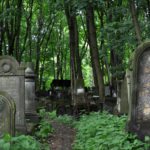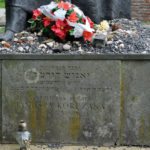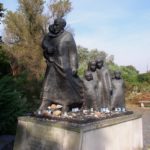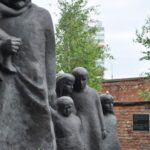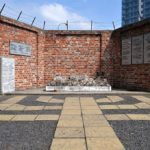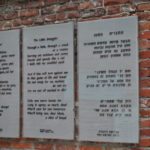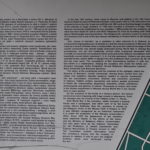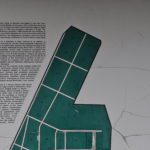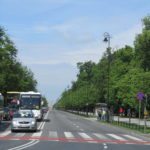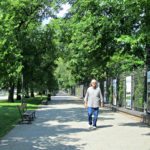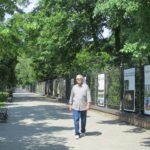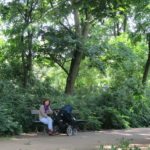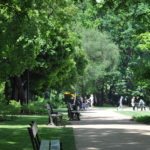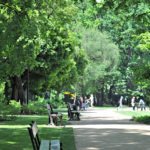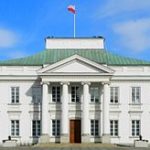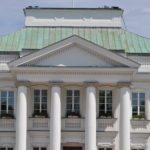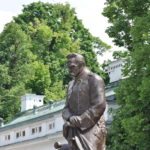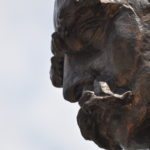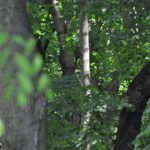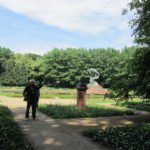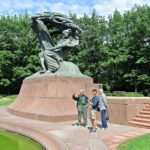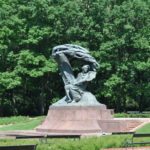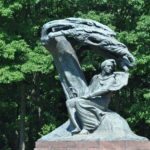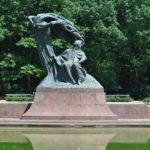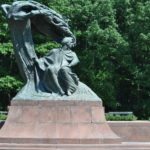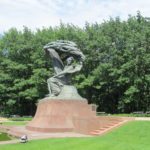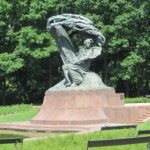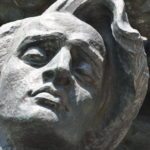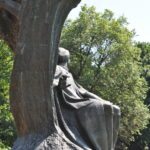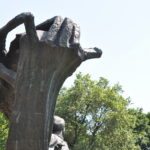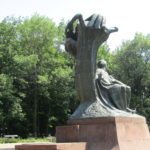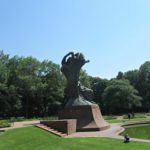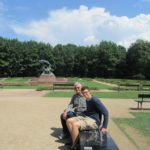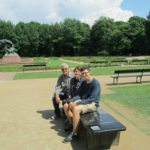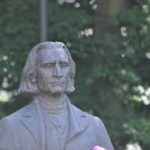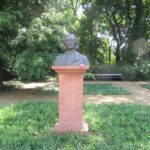May 26 – 28, 2014
We arrived in Warsaw by train. The train station was conveniently located across the street from our hotel. We actually tried to get in a taxi and the driver pointed to the hotel. I was impressed with his honesty. He could have taken us for a “ride”.
Click on image to start slideshow.
- Train from Terespol to Warsaw
- Train from Terespol to Warsaw
- Night view of the Palace of Culture and Science
- Night view of the Palace of Culture and Science
- Warsaw Train Station
- PGE National Stadium
Click on image to start slideshow.
The next morning we hired a private guide and explored the city. Warsaw is a beautiful city with absolutely magnificent parks. We visited Warsaw’s Old Town Market, the center and oldest part of Old Town, Castle Square, Warsaw Barbicon, The Jewish Ghetto and Cemetary, Lazienki – Royal Residence Park. We also visited the Monument to the Warsaw Uprising Fighters, located in front of the Supreme Court of Poland.
“During the Warsaw Uprising in August 1944, more than 85% of Warsaw’s historic center was destroyed by Nazi troops. After the war, a five-year reconstruction campaign by its citizens resulted in today’s meticulous restoration of the Old Town, with its churches, palaces and market-place. It is an outstanding example of a near-total reconstruction of a span of history covering the 13th to the 20th century.” Source UNESCO
When you enter Old Town, you pass through the Castle Square, the historic square in front of the Royal Castle, the former official residence of Polish monarchs. It is probably one of Warsaw’s most popular meeting places for both tourists and locals. We also saw Warsaw’s oldest secular memorial, Sigismund’s Column, a 17th century column celebrating King Sigismund III. The square is lined with colorful buildings that contains many cafes, restaurants and shops.
The Barbican was built in 1548, and is directly situated where the Old Town merges into in the New Town. It served to protect the entrance to Old Town and is integrated directly into the Warsaw City Wall that surrounds the Old Town.
Click on image to start slideshow.
- The Royal Castle in Warsaw
- The Royal Castle in Warsaw
- The Royal Castle in Warsaw
- The Royal Castle in Warsaw
- Old Town Market Square
- Old Town Market Square
- Old Town Market Square
- Old Town Market Square
- Old Town Market Square
- Old Town Market Square
- Old Town Market Square
- Old Town Market Square
- Old Town Observation Terrace at St Anne’s Church
- Sigismund’s Column
- The Royal Castle in Warsaw
- The Royal Castle in Warsaw
- St John’s Cathedral
- Virgin Mary – Holy Mother of Grace Church
- Angel’s Door – Holy Mother of Grace Church
- Holy Mother of Grace Church
- Warsaw Mermaid
- Warsaw Mermaid
- Warsaw Mermaid
- Maria Sklodwska-Curies (1867-1934), who twice received the Nobel Prize, was born here
- Maria Sklodwska-Curies (1867-1934), who twice received the Nobel Prize, was born here
- Maria Sklodwska-Curies (1867-1934), who twice received the Nobel Prize, was born here
- Maria Sklodwska-Curies (1867-1934), who twice received the Nobel Prize, was born here
- Maria Sklodwska-Curies (1867-1934), who twice received the Nobel Prize, was born here
- The Warsaw Barbican
- The Warsaw Barbican
- The Warsaw Barbican
- The Warsaw Barbican
- The Warsaw Barbican
- The Warsaw Barbican
- The Warsaw Barbican
- PGE National Stadium
- PGE National Stadium from Old Town
The Warsaw Uprising Monument, in front of the Supreme Court of Poland, is situated in Krasinski Square.
Click on image to start slideshow.
Warsaw Ghetto and The Jewish Cemetery. The Jewish Cemetary at Okopowa Street in Warsaw was founded in 1806 and occupies over 33 hectares (82 acres) of land. The cemetery houses 250,000 graves. Approximately 150,000 graves were preserved until today, the oldest one dating back to the year 1809. The cemetery is divided into an area for women and a separate one for men. Moreover, there is an area where the Orthodox are buried and an area for the Reformed.
The Umschlagplatz Monument is to commemorate the Jews in the Warsaw Ghetto. The actual spot is where the Jews had to assemble to board the trains. In July 1942 the Jews were taken to concentration camp at Trblinka and later Auschwitz. The monument resembles railroad freight car. Inside, there are a number of first names of some of the victims. The artist chose four hundred first names, typical of Warsaw Ghetto Jews and engraved on the walls – to allow the viewer a glimpse of the individuality of the dead, and to associate with them.
POLIN Museum of the History of Polish Jews is a museum on the site of the former Warsaw Ghetto.
Click on image to start slideshow.
- Monument to the Warsaw Ghetto Heroes – Western Side
- Monument to the Warsaw Ghetto Heroes – Eastern Side
- Museum Signboard
- Monument to the Warsaw Ghetto Heroes – Eastern Side
- Monument to the Warsaw Ghetto Heroes – Eastern Side
- Monument to the Warsaw Ghetto Heroes – Eastern Side
- Monument to the Warsaw Ghetto Heroes – Eastern Side
- Monument to the Warsaw Ghetto Heroes – Eastern Side
- Monument to the Warsaw Ghetto Heroes – Eastern Side
- Monument to the Warsaw Ghetto Heroes – Eastern Side
- Monument to the Warsaw Ghetto Heroes – Eastern Side
- Monument to the Warsaw Ghetto Heroes – Eastern Side
- Monument to the Warsaw Ghetto Heroes – Western Side
- Monument to the Warsaw Ghetto Heroes – Western Side
- Monument to the Warsaw Ghetto Heroes – Western Side
- Monument to the Warsaw Ghetto Heroes – Western Side
- Monument to the Warsaw Ghetto Heroes – Western Side
- Monument to the Warsaw Ghetto Heroes – Western Side
- POLIN Museum of the History of Polish Jews
- POLIN Museum of the History of Polish Jews
- The Umschlagplatz Monument is to commemorate the Jews in the Warsaw Ghetto.
- The Umschlagplatz Monument is to commemorate the Jews in the Warsaw Ghetto.
- The Umschlagplatz Monument is to commemorate the Jews in the Warsaw Ghetto.
- The Umschlagplatz Monument is to commemorate the Jews in the Warsaw Ghetto.
- Traces of Warsaw Ghetto Wall
- Jewish Cemetary at Okopowa Street
- Jewish Cemetary at Okopowa Street
- Jewish Cemetary at Okopowa Street
- Jewish Cemetary at Okopowa Street
- Jewish Cemetary at Okopowa Street
- Jewish Cemetary at Okopowa Street
- Jewish Cemetary at Okopowa Street
- Jewish Cemetary at Okopowa Street
- Common grave of Warsaw ghetto victims in Jewish Cemetary at Okopowa Street
- Symbolic grave to victims of Holocaust at Okopowo Jewish Cemetary
- Jewish Cemetary at Okopowa Street
- Jewish Cemetary at Okopowa Street
- Jewish Cemetary at Okopowa Street
- Jewish Cemetary at Okopowa Street
- Jewish Cemetary at Okopowa Street
- Jewish Cemetary at Okopowa Street
- Jewish Cemetary at Okopowa Street
- Jewish Cemetary at Okopowa Street
- Jewish Cemetary at Okopowa Street
- Jewish Cemetary at Okopowa Street
- Jewish Cemetary at Okopowa Street
- Jewish Cemetary at Okopowa Street
- Jewish Cemetary at Okopowa Street
- Tombstone of Lazar Ludwik Zamenhof, inventor of Esperanto
- Tombstone of Lazar Ludwik Zamenhof, inventor of Esperanto
- Jewish Cemetary at Okopowa Street
- Jewish Cemetary at Okopowa Street
- Jewish Cemetary at Okopowa Street
- Jewish Cemetary at Okopowa Street
- Jewish Cemetary at Okopowa Street
- Janusz Korczak (Henryk Goldszmit) with children on Warsaw Jewish Cemetery at Okopowa
- Janusz Korczak (Henryk Goldszmit) with children on Warsaw Jewish Cemetery at Okopowa
- Janusz Korczak (Henryk Goldszmit) with children on Warsaw Jewish Cemetery at Okopowa
- Memorial to the Child Victims of the Holocaust – The Little Smuggler
- The Little Smuggler
- The board at the entrance that shows the structure and history of the Okopowa Street cemetery
- The board at the entrance that shows the structure and history of the Okopowa Street cemetery
Click on image to start slideshow.
The Royal Łazienki Museum in Warsaw consists of a palace and garden complex. The Palace on the Water was built for Poland’s last monarch King Stanisław August Poniatowski and served as his summer residence. The central attraction of the park is the lake, but perhaps the most well-known and beloved corner of the park is the Chopin garden, with its towering bronze Chopin statue depicting the composer seated under a willow tree. The willow’s branches stretch over his head like the fingers of a pianist over piano keys. We sat on one of fifteen musical benches that have been placed at key sites connected with his life. Made of cast iron and polished black stone these benches feature a button which when pressed have been designed to unleash a thirty second torrent of Chopin. For fifty years now, free Chopin concerts have been held in the park every weekend during the summer months, one of Warsaw’s most popular cultural attractions.
Click on image to start slideshow.
- A Day in the Lazienki Park
- A Day in the Lazienki Park
- A Day in the Lazienki Park
- A Day in the Lazienki Park
- A Day in the Lazienki Park
- Belweder Palace near Lazienki Park
- Belweder Palace near Lazienki Park
- Statue of Marshal Jozef Pilsudski at the entrance of Lazienki Park
- Statue of Marshal Jozef Pilsudski at the entrance of Lazienki Park
- Musical Bench in Chopin Garden
- Musical Bench in Chopin Garden
- Franz Liszt
- Franz Liszt

